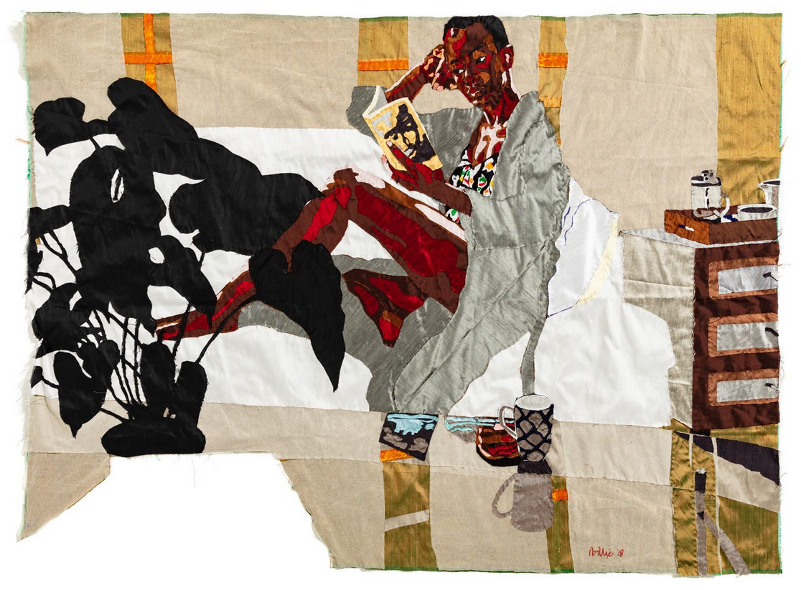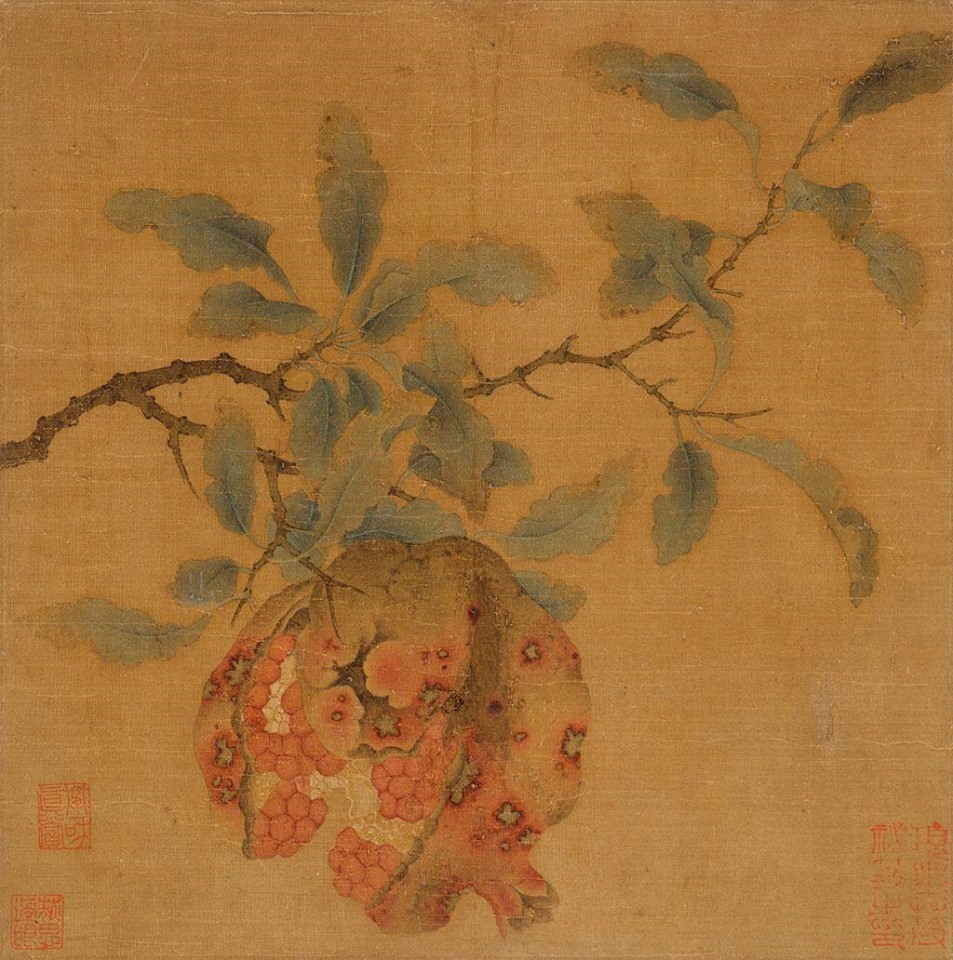One person like that
#silk

Painted on silk hanging in the window of a charity shop in the east end of London...
#Photo
#Photography
#Photographer
#gif
#MyWork
#art
#Silk
25 Likes

Billie Zangewa - In my solitude
#art #arttextile #textileart #collage #silk #soie #Zangewa #lecture #reading #vendredilecture #féminisme #feminism
https://www.lehmannmaupin.com/artists/billie-zangewa
https://www.artskop.com/artmedia/fr/billie-zangewa-un-manifeste-pour-lamour-dans-des-temps-incertains/
24 Likes
4 Comments

#Pomegranate #Fruit #Chinese #Painting #Ink #Colour #Silk #Art #Cultural #History #Our #Colourful #World
POMEGRANATE
China, Late Southern Song dynasty, or early Yuan dynasty, about 1200-1340
Painting
Album leaf, ink and colour on silk
-- Cultural History of the Pomegranate --
Pomegranate is native to a region from Iran to northern India. Pomegranates have been cultivated throughout the Middle East, South Asia, and Mediterranean region for several millennia, and also thrive in the drier climates of California and Arizona.
Carbonized exocarp of the fruit has been identified in early Bronze Age levels of Jericho in the West Bank - Palestine, as well as late Bronze Age levels of Hala Sultan Tekke on Cyprus and Tiryns. A large, dry pomegranate was found in the tomb of Djehuty, the butler of Queen Hatshepsut in Egypt; Mesopotamian cuneiform records mention pomegranates from the mid-third millennium BC onwards.
It is also extensively grown in South China and in Southeast Asia, whether originally spread along the route of the Silk Road or brought by sea traders. Kandahar is famous in Afghanistan for its high-quality pomegranates.
Although not native to Korea or Japan, the pomegranate is widely grown there and many cultivars have been developed. It is widely used for bonsai because of its flowers and for the unusual twisted bark the older specimens can attain. The term "balaustine" (Latin: balaustinus) is also used for a pomegranate-red colour.
One person like that
